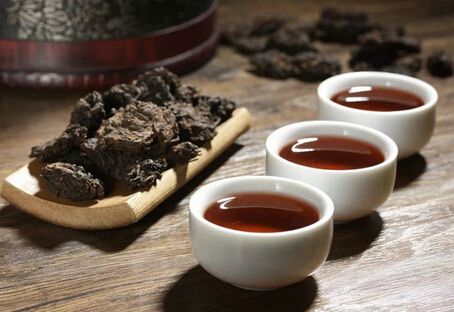How to Judge the Aging Potential of a New Tea?
♨ Why do you store tea? Aged tea often comes with sky-high prices, making it unattainable for many. A cost-effective alternative is to find high-quality new tea, semi-aged tea, or premium blended tea and age it yourself. The benefits are twofold:
1. To enjoy aged tea at a lower cost in the future;
2. To experience the joy of nurturing tea as it matures.

♨ Building a Knowledge Base The first step in judging the aging potential of Pu-erh tea is to build a sufficient knowledge base in your mind. You must clearly identify the characteristics of tea regions like Yiwu, Bulang, and Mengku, as well as understand the features of blended Pu-erh teas designed to enhance quality. To build this tea knowledge base, you need to continuously sample different types and brands of Pu-erh tea, then summarize and store these characteristics in your memory.

♨ Long-Term Storage History Only by storing a new tea and tasting it periodically can you track its transformation over time. Whether the tea improves or deteriorates, this process takes at least seven years. No one starts with the ability to judge the aging potential of a new Pu-erh tea. Every tea collector has made mistakes and bought unsuitable teas. Don’t worry—these lessons save you from wasting more money, time, and effort in the future.

♨ Analytical Skills and Logical Thinking Why do you need analytical skills and logical thinking to judge the aging potential of Pu-erh tea? By organizing and categorizing the information from points 2-3 in your mind, you’ll find that assessing a new tea’s aging potential isn’t as difficult as it seems. When your mind has samples of new, semi-aged, and aged teas, you’ll naturally compare any new tea you taste with past examples (whether they improved or worsened over time). This allows you to roughly determine its aging potential.
In summary, the key is to: drink more, observe more, reflect more, and buy cautiously (with informed decisions). Dedicate time, effort, and thought to gain expertise.